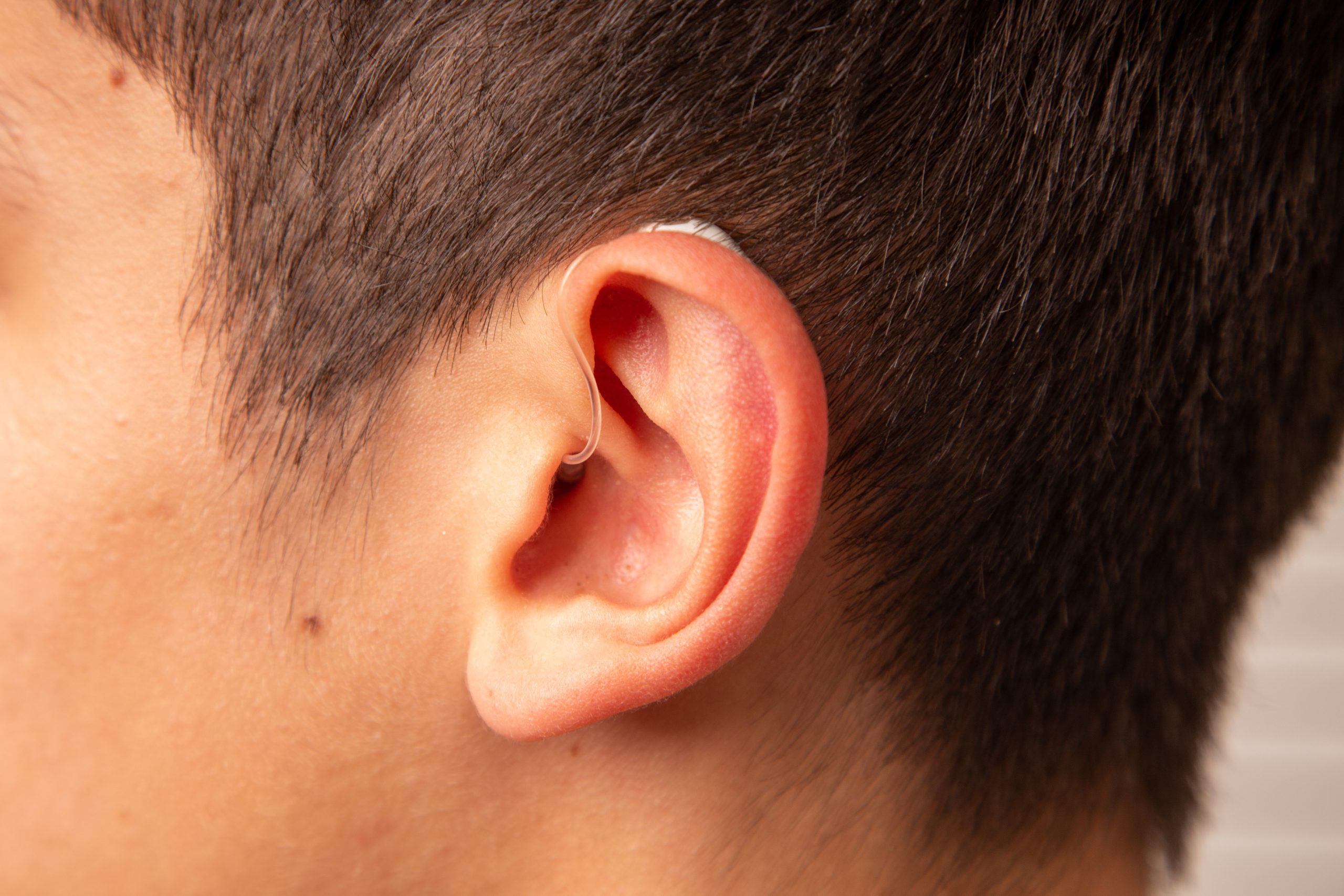Our team of registered hearing aid practitioners recognizes the profound effects of hearing loss on daily interactions, relationships, and overall quality of life. We believe that everyone deserves the opportunity to rediscover the joy of sound and stay connected with their loved ones. That’s why we are proud to offer a comprehensive range of hearing services, including state-of-the-art hearing aids, meticulously designed to deliver exceptional sound quality, comfort, and discreetness, including:
"*" indicates required fields

Fitting hearing aids is a vital process carried out by registered hearing aid practitioners, tailored to each individual’s unique hearing needs. This procedure involves more than just the physical placement of the device; it includes comprehensive tuning to align with the specific hearing loss characteristics of the user. Registered hearing aid practitioners perform detailed evaluations to ascertain the exact amplification requirements, ensuring sound clarity and comfort in diverse settings. With the advent of sophisticated hearing aid technology, customization has become more precise, allowing adjustments in frequency and setting-specific programming, thus enabling users to enjoy a more natural and improved auditory experience in their everyday activities.


FAQ
The need for a hearing aid depends on the degree of hearing loss and its impact on daily life. Typically, hearing aids are recommended for individuals with mild to profound hearing loss, where the condition affects their ability to engage in normal conversations and activities. An audiologist can conduct tests to determine the specific level of hearing loss and advise on the best hearing aid options or other supportive measures to enhance hearing.
For elderly individuals experiencing hearing loss, using hearing aids can significantly improve their ability to communicate and interact with others. Regular hearing checks to fine-tune these devices are essential as hearing loss progresses. Assistive listening devices and technologies, such as telephone amplifiers or special alarm systems, can also enhance daily living. Encouraging environments where background noise is minimized can further aid in easing communication challenges.
Treating age-related hearing loss usually involves hearing aids to amplify sounds, making it easier for the individual to hear conversations and other noises. Regular hearing evaluations are essential to adjust hearing aids as the condition progresses. Other treatments might include assistive listening devices, like amplified phone systems, and strategies to improve communication, such as lip-reading lessons or written text. Maintaining a socially active lifestyle can also help manage the psychological impacts of hearing loss.
Custom ear moulds can significantly reduce feedback issues in hearing aids. Feedback, the whistling sound that occurs when sound leaks out of the ear canal and is re-amplified by the hearing aid, is often a result of poor fit. Custom ear moulds are designed to fit snugly in the ear canal, creating a tight seal that prevents sound leakage. This seal improves the overall quality and minimizes the chances of feedback. Custom ear moulds are particularly beneficial for individuals with severe hearing loss who require more amplification as they allow for higher volume settings without causing feedback.
Custom ear molds can be used with various types of hearing aids, including Behind-The-Ear (BTE), Receiver-In-Canal (RIC), and In-The-Ear (ITE) models. BTE and RIC hearing aids are particularly well-suited for custom ear molds as they sit behind or on top of the ear, with a tube or wire leading into the ear canal where the custom mold is placed. ITE hearing aids are also compatible with custom molds, as these devices are entirely contained within the ear. The adaptability of custom ear molds makes them a versatile option for many hearing aid users, regardless of the style of hearing aid they prefer or require.
Making custom molds starts with an impression of the user’s ear canal. An audiologist or a trained hearing care professional typically does this. A soft, pliable material is gently inserted into the ear canal. This material sets after a few minutes, creating a replica of the ear’s shape. The impression is then sent to a lab where the custom ear mould is crafted. The material used for the ear mould is typically soft silicone or acrylic, chosen for durability and comfort. The lab uses the impression to create a mould that matches the contours of the user’s ear canal precisely. Once the ear mould is made, it is attached to the hearing aid. The whole process can take a few weeks, from taking the impression to receiving the finished ear mould.

As hearing experts, we provide comprehensive testing and work with ENT specialists to ensure the care of your hearing health.
South Edmonton: 780-809-1349
St. Albert: 780-590-1349